At what temperature does cabbage freeze
Each cabbage variety reacts differently to temperature changes. Some of them tolerate the onset of frost without damage, others cannot withstand even a slight cold snap without additional protection. The conditions for growing seedlings also play a role in the further development of the vegetable.
The article will tell you what frosts the cabbage can withstand, whether it grows after them and at what temperature it freezes.
The content of the article
Comfortable temperature for cabbage
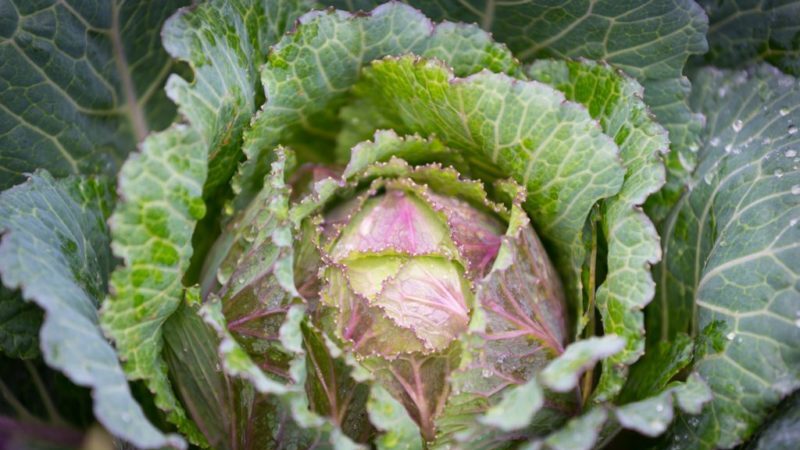
Comfortable temperature for cabbage of any variety and ripening period:
- seeds germinate at a temperature of + 20 ... + 22 ° C for 3-5 days;
- sown at + 16 ... + 18 ° C will sprout within 5-10 days, but such sprouts are not resistant to black leg and fusarium;
- when the first points of growth appear, the seedlings are transferred to a bright room with a temperature of + 8 ... + 12 ° C;
- when 1-2 true sheets appear, the temperature is raised to + 16 ... + 18 ° C;
- the formation of the first leaves also occurs at + 7 ... + 10 ° C, however, such heads of cabbage are poorly tied and go into flowering in the first year of development;
- 5-7 days after the seedlings dive, the time comes for their hardening - the seedlings are taken out into the street or balcony and kept for 1-3 hours daily at a temperature not lower than + 6 ... + 8 ° C;
- cabbage seedlings, planted in open ground, develop correctly at + 12 ... + 22 ° C;
- mature, formed heads of cabbage, gaining juiciness at stable + 15 ... + 20 ° C;
- early maturing varieties and hybrids ripen at + 16 ... + 22 ° C.
On the first day after seed germination, at an air temperature of more than + 15 ° C, the sprouts are strongly stretched and become unusable.
What temperature does cabbage withstand in the fall in the garden
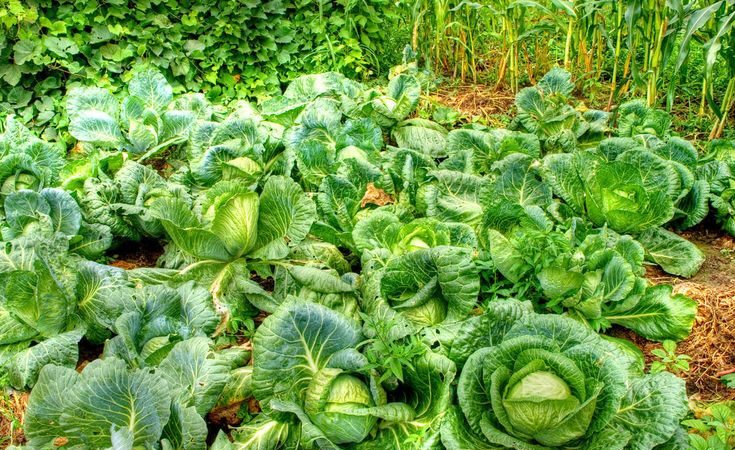
The hardened seedlings of late-ripening white and red cabbage planted in the ground can withstand frosts down to -5 ... -7 ° C, depending on the variety. For plants unprepared for cold weather, lowering the temperature to -5 ° C will be disastrous.
Does not tolerate frosts below -2 ... -5 ° C seedlings of the following crops:
- ultra-early varieties of white cabbage;
- Savoyard;
- Chinese;
- early varieties of kohlrabi.
On the vine
The optimum temperature for the growth of rooted cabbage is +16 .. + 22 ° C. Lowering to + 8 ° C does not in any way affect the growth and maturation of the head.
Reference. Heads of cabbage of a late ripening period, harvested before the onset of frost to -1 ... -3 ° C, are significantly inferior in taste quality and have a shorter shelf life compared to those stated in the characteristics.
At what temperature does cabbage stop growing?
The growth of heads of cabbage in the open field is influenced by both a decrease and an increase in the ambient temperature:
- at + 5 ... + 8 ° C, growth is inhibited, it is recommended to reduce watering;
- at + 2… + 5 ° C metabolic processes slow down, development is suspended;
- at 0… + 2 ° C, yellowing of leaves is possible, growth stops.
Cabbage does not tolerate prolonged exposure to ambient temperatures above + 25 ° C. When hot weather sets in, the heads of cabbage stop developing and may die. To preserve the harvest, it is recommended at such a time to pay special attention to watering and shade the plantings.
Is cabbage afraid of frost
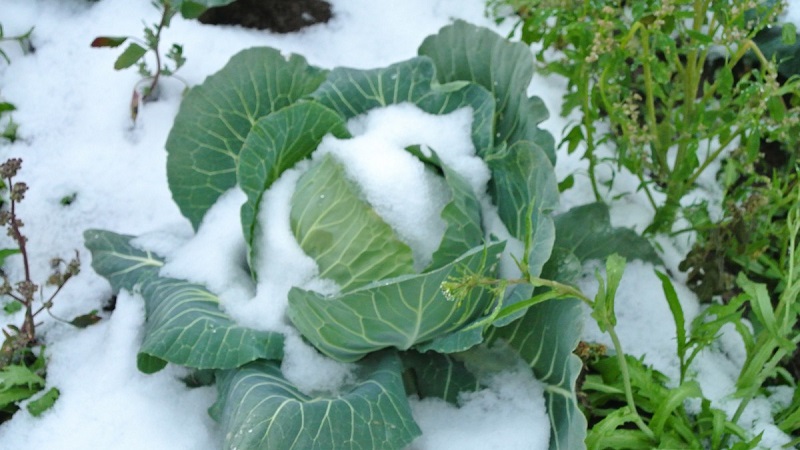
Spring frosts are called recurrent frosts and can affect:
- on cabbage seedlings in the phase of 1-2 true leaves - do not lead to damage to the plant, but weaken its immunity to diseases;
- in the phase of 2-4 leaves - when exposed for more than 8 hours, they cause harm, cause yellowing;
- unhardened seedlings planted in the ground - in the absence of protection, they cause severe damage, up to the death of plants.
Autumn frosts for cabbage of medium and late ripening do not cause significant harm. Frost-resistant varieties can withstand temperatures as low as -8 ° C.
Important! Non-frost-resistant cabbage of early ripening, planted in the second half of summer, will die without additional protection with the onset of autumn frosts.
Ways to protect cabbage from frost
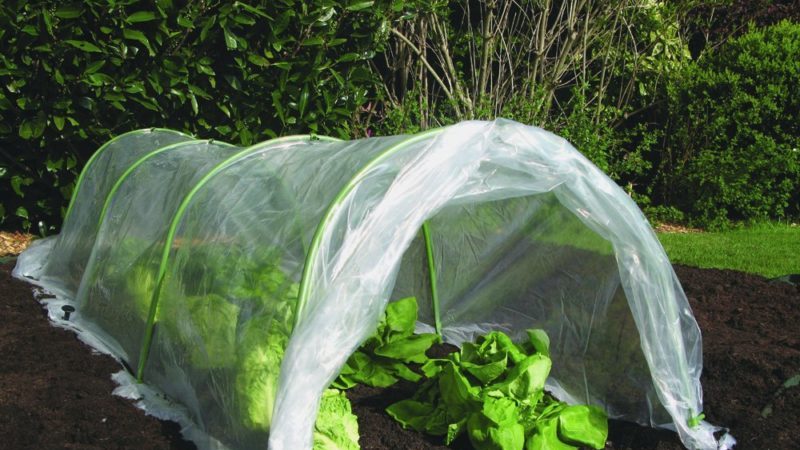
There are several proven ways to protect cabbage from frost:
- Thermal insulation. The following are used as a heat-retaining agent:
- non-woven covering material - has a different degree of density, designed to protect from cold to -10 ° C;
- transparent glass or cut plastic bottle - keeps heat up to -6… -8 ° C, but requires regular ventilation;
- cardboard, paper, fabric - used when the temperature drops to no more than -2 ... -4 ° C.
- Sprinkling. It is carried out by spilling the soil around the plants and spraying the leaves evenly. When the cold comes, the water starts freeze solid with the release of thermal energy that protects the plantings. The method is effective at temperatures up to -2 ... -4 ° C, but its application in the presence of winds of more than 10-15 m / s leads to the opposite result - the leaves freeze and die.
- Smoke. It consists in fumigating the plants with the smoke of fires built around the perimeter of the site. Protects against freezing at 0 ... -2 ° C, but is a fire hazardous method. Ineffective in windy conditions.
The frost resistance of cabbage before autumn frosts increases in a natural way when timely application of phosphorus-potassium fertilizers, such as AVA Universal, potassium monophosphate or agrophoska, 15-30 days after planting seedlings.
Read also:
Comfortable conditions for long-term storage of crops in the autumn
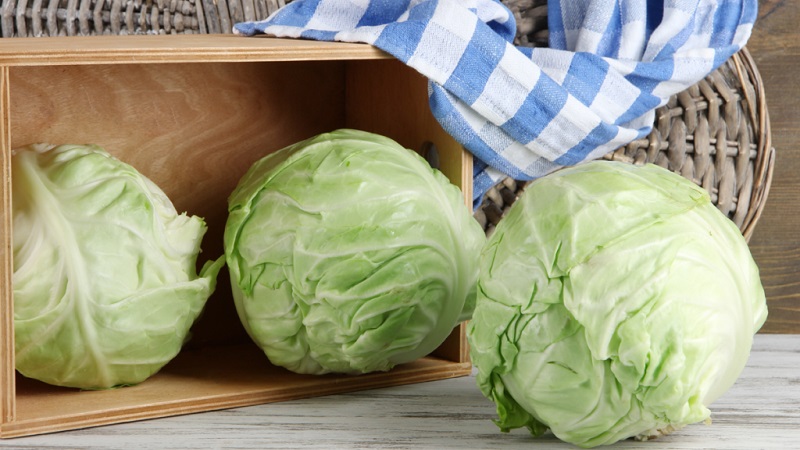
Long-term storage medium late and late varieties and hybrids are subject white cabbage and redhead cabbage. For these species, the harvest takes place at the end of September - beginning of October, after the onset of the first frost, but no more than -1 ..- 3 ° C.
For the safety of the heads, it is recommended to observe the following conditions:
- start picking ripe forks in dry weather;
- cut with a sharp knife at the root, peel off excess leaves;
- be sure to dry the head of cabbage in the sun while hanging or on a wooden deck;
- inspect for damaged or frostbite areas - such cabbage is stored separately and eaten first.
The integrity of the heads of cabbage is kept in the refrigerator at a temperature of + 2 ... + 6 ° C for 3-4 months, and storage of the crop until next summer is possible only at 0 ... + 1 ° C in a specially prepared room.
In winter, it is recommended to pre-treat it with anti-mold or Sanatex antifungal agents or to carry out sulfur fumigation.
Important! Frozen heads of cabbage are susceptible to the development of punctate necrosis and fungal diseases and are not suitable for storage for more than 1 month.
Conclusion
How many degrees the cabbage can withstand when frozen depends on the variety. The most resistant are mid- and late-ripening. To increase frost resistance, it is necessary to harden the seedlings and carry out timely feeding of the plant. Carefully grown crops will last well until next summer.